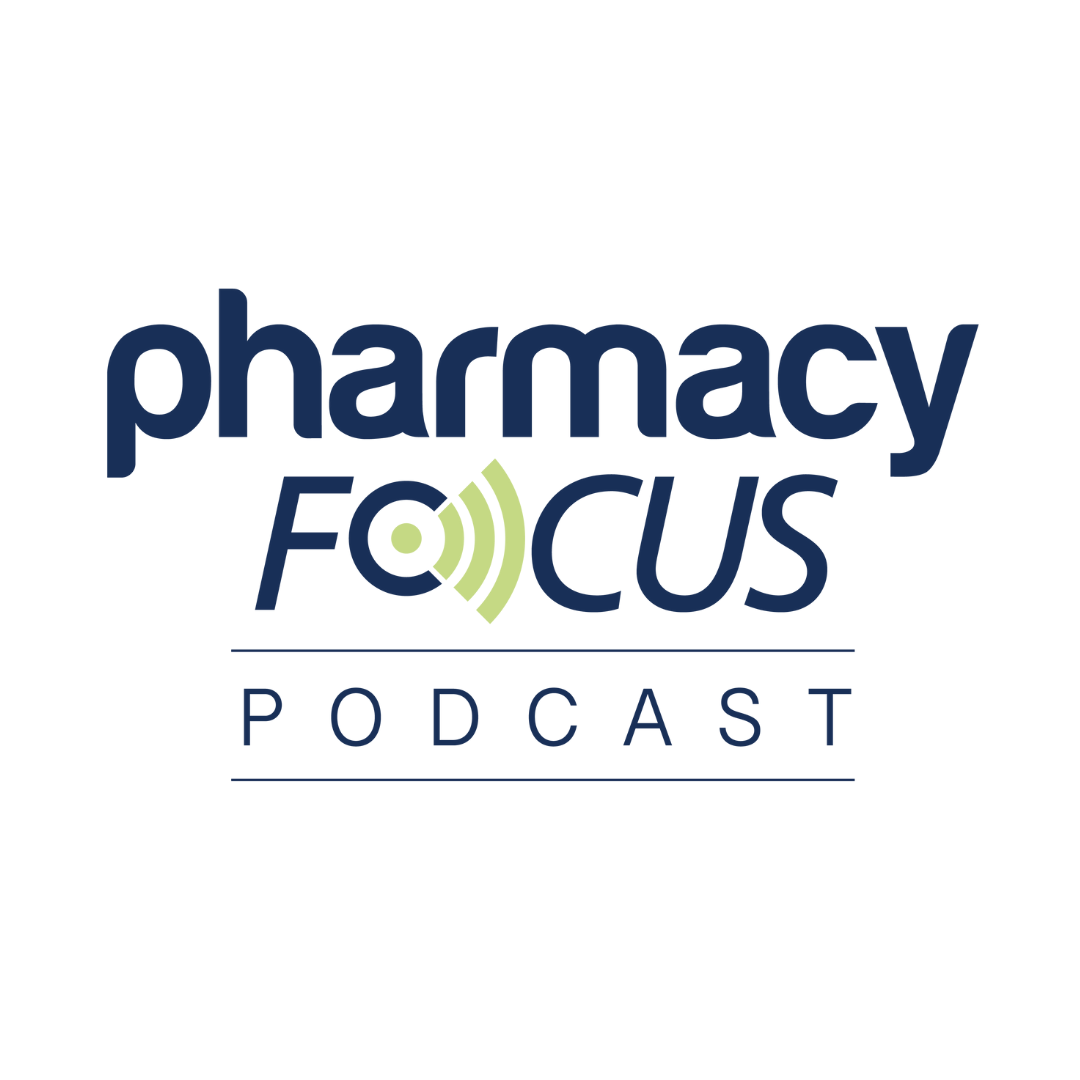Video
Using Pharmacokinetics to Guide Hemophilia Management
Tim Boonstra, RPh, Pharmacy Manager at Fairview Center for Bleeding and Clotting Disorders, discusses how pharmacokinetics has helped patients with hemophilia better manage their disease.
Tim Boonstra, RPh, Pharmacy Manager at Fairview Center for Bleeding and Clotting Disorders, discusses how pharmacokinetics has helped patients with hemophilia better manage their disease.
Transcript
Well I think the best thing our center’s done from a pharmacy perspective is the advent of being able to do pharmacokinetics. There’s a university in Canada called McMaster University and they house a website called WAPPS. So we can submit factor 8 and factor 9 assay levels to this group and when we pair that with an infusion, and a date and time of infusion, we can get a pharmacokinetic estimate of what their factor level would be over certain various points of time. I think that’s really helped our patients become more engaged because they can see this data is specific to them, it’s not some study that we read in a book, it’s their data. I think that really helps guide them as to how they’re going to treat themselves and what activities they’re going to be involved in.
To learn more about hemophilia, watch our new video series here.
Newsletter
Stay informed on drug updates, treatment guidelines, and pharmacy practice trends—subscribe to Pharmacy Times for weekly clinical insights.





